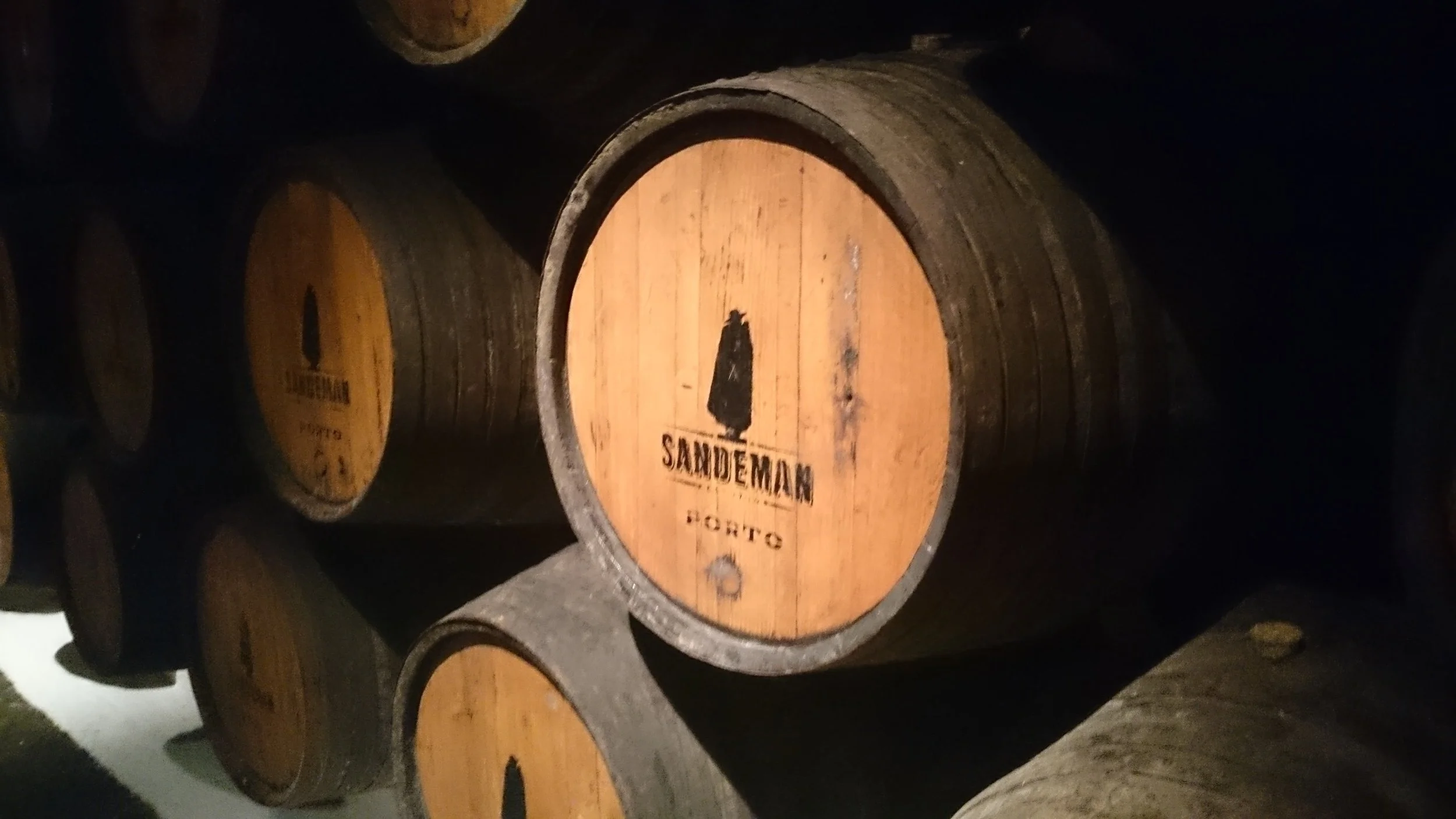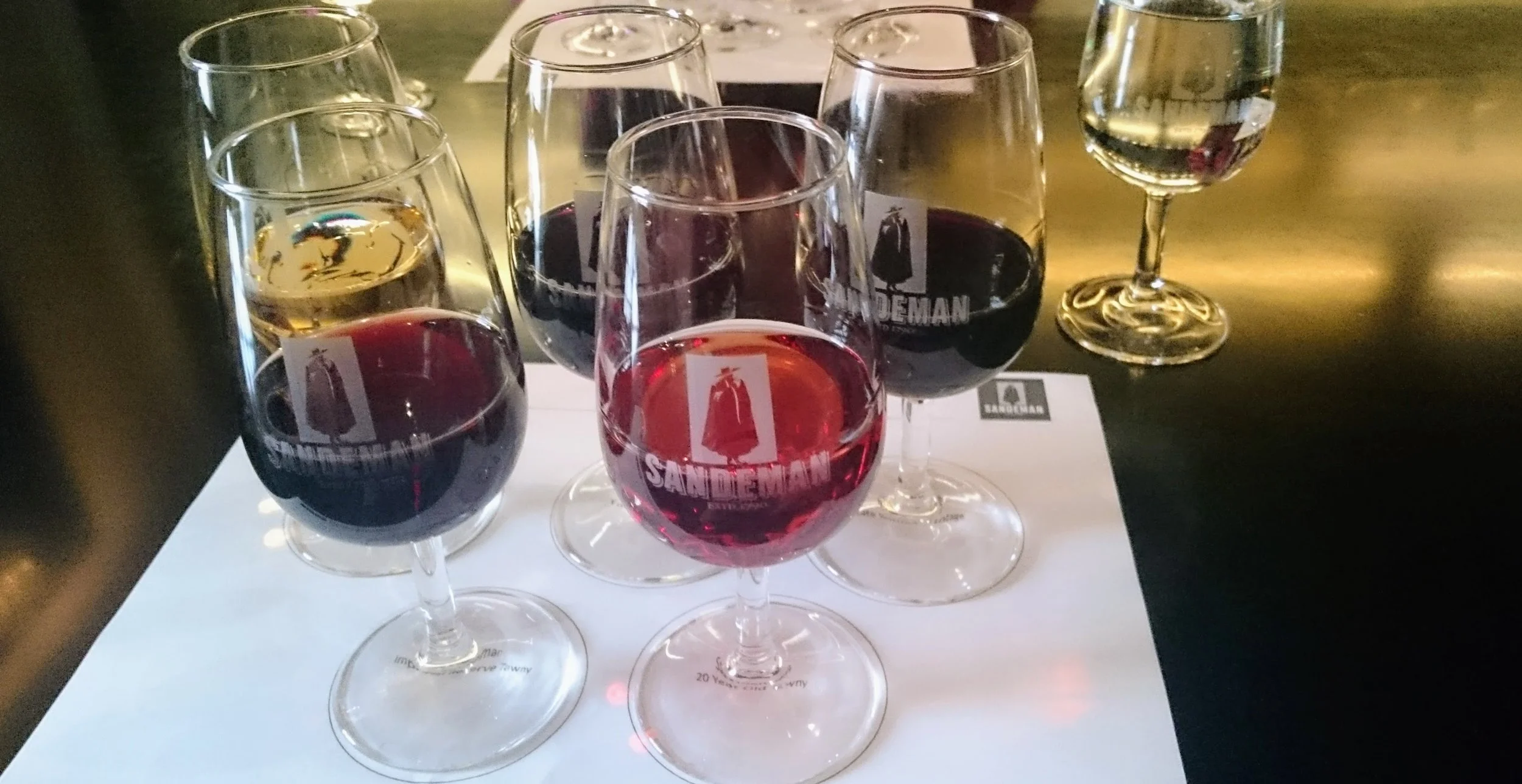How to Identify Port Wine Varieties: Tips and Tricks
Port wine, a fortified wine with deep roots in the Douro Valley of Portugal, has captivated the palates of people across the globe. With a history that stretches back for centuries, Port has evolved into a multifaceted beverage, offering a spectrum of flavours, aromas, and styles. This diversity is both a blessing and a challenge. On one hand, there's a Port for every occasion and preference. On the other, the sheer variety can be overwhelming, especially for those who are new to Port.
For the seasoned wine lover, the complexity of Port offers an endless playground for exploration. From the deep, fruity notes of Ruby Port to the nuanced, aged character of a Tawny, each type presents its own set of characteristics and tasting notes. But what about those who are just starting their journey into the world of Port? How does one navigate this sea of options?
Fear not, for this blog post aims to be your compass. Whether you're a seasoned connoisseur looking to refine your palate or a newcomer eager to get acquainted with this classic Portuguese export, we've got you covered. We'll delve deep into the world of Port wine, breaking down its various types and offering you practical tips and tricks to identify them. By the end of this guide, you'll not only be able to distinguish between a Vintage and a Tawny, but you'll also gain a newfound appreciation for the artistry that goes into making each bottle of Port.
Sandeman Barrels
Ruby Port
Young, fruity, and vibrant, Ruby Port is the simplest and most widely produced style.
Aging: It's aged for a short period, typically 2-3 years, in large oak vats.
Flavour Profile: Offers intense, fresh fruit flavours like cherry, blackberry, and plum.
Tawny Port
Nuttier and more complex, Tawny Port undergoes gradual oxidation and evaporation due to its aging process.
Aging: Aged in smaller oak casks, the process can range from 10 to 40 years. The label often indicates the average age of the blend.
Flavour Profile: Leads to a nuttier, caramelised flavour profile with notes of dried fruits and spices.
Vintage Port
Exceptional and complex, Vintage Port is produced only in outstanding years and is made from the best grapes of a single harvest.
Aging: It's bottled after 2 years of aging in oak but continues to mature in the bottle, often for decades.
Flavour Profile: Develops remarkable complexity and depth of flavour, ranging from ripe fruits to spices and sometimes even chocolate or coffee.
Late Bottled Vintage (LBV) Port
Accessible and rich, LBV is a more budget-friendly alternative to Vintage Port but still offers a taste of vintage quality.
Aging: Made from a single year's harvest, it's aged in oak for 4-6 years before bottling.
Flavour Profile: Offers rich flavours of dark fruits like blackberries and cherries, often accompanied by spicy or floral notes.
White Port
Light and versatile, White Port offers a different take on the traditional Port experience.
Aging: Typically consumed young, although aged versions exist that are aged in oak for several years.
Flavour Profile: Ranges from fruity and floral in younger versions to more complex, nutty profiles in aged White Ports.
Tawny vertical tasting at Kopke
Tips and Tricks for Identifying Port Wine Varieties
Navigating the diverse world of Port wine can be a rewarding experience, but it can also be a bit daunting, especially for those new to this rich and varied category of wine. To help you become more adept at identifying different types of Port, we've expanded our tips and tricks section. Here, we'll delve deeper into the sensory cues and resources that can guide you.
Visual Clues
Ruby Port: Look for a deep red, almost purple colour. This vibrant hue is a dead giveaway of its youthful character and fruity profile.
Tawny Port: Expect a lighter, brownish or amber hue. The colour often deepens with age, moving from a lighter tawny to a richer amber or even mahogany.
Vintage Port: These are often the darkest Ports, with a deep red to almost purple colour. The intensity can be a clue to its complexity and ageing potential.
Late Bottled Vintage (LBV) Port: Typically dark red, similar to Vintage Ports but often a shade lighter. The colour can give you an idea of its richness and complexity.
White Port: As the name suggests, these Ports are pale in colour, ranging from a light yellow to a golden hue.
The Nose Knows
Ruby Port: A strong fruity aroma is the hallmark of Ruby Port. You'll often detect notes of fresh berries like cherries, blackberries, and sometimes even a hint of spice.
Tawny Port: The aroma is generally nuttier and may include scents of caramel, toffee, and dried fruits. Older Tawnies can even develop a bouquet that includes spices and wood.
Vintage Port: The aroma can be complex and multifaceted, ranging from ripe berries to spices, and sometimes even darker elements like chocolate or coffee.
Late Bottled Vintage (LBV) Port: The aroma often includes dark fruits like blackberries and cherries, and may also feature spicy or floral notes. It's generally richer than Ruby but less complex than Vintage.
White Port: Expect a fruity and floral aroma, often with citrus notes. Older White Ports may develop nuttier aromas similar to Tawny Ports.
Taste and Texture
Ruby Port: These are often sweeter and less complex, making them accessible and easy to enjoy. The mouthfeel is usually smooth but less nuanced than aged Ports.
Tawny Port: The texture is often smoother due to aging, and the flavour profile includes nutty, caramel notes along with dried fruits.
Vintage Port: These Ports offer a complex palate that can evolve as the wine ages. The texture can be dense, and the flavours deep and layered.
Late Bottled Vintage (LBV) Port: Offers a richer and more complex flavour profile than Ruby Ports but is generally less intricate than Vintage Ports. The texture is often smooth, making it a good middle-ground option.
White Port: The flavours can range from fruity and floral in younger versions to more complex, nutty profiles in aged White Ports.
Colheita tasting
Check the Label
The label will usually indicate whether the Port is a Ruby, Tawny, Vintage, or White. Knowing the producer can give you an idea of the quality and style of the Port. (See below for more information on producers.) Some labels will indicate how long the Port has been aged, especially for Tawny and Vintage Ports.
When in Doubt, Ask
Staff are often knowledgeable and can guide you based on your preferences. Tasting events are excellent opportunities to not only taste but also to learn from experts. If you're fortunate enough to visit the Douro Valley, take advantage of the expertise offered at the vineyards.
Traditional Producers
These are the stalwarts of the Port wine industry, known for their long history and classic styles.
Innovative Producers
These producers are known for pushing the boundaries and experimenting with new styles and techniques.
Niepoort - Website
Quinta do Crasto - Website
Quinta do Noval - Website
Churchill's - Website
Quinta de la Rosa - Website
Budget-Friendly Options
These producers offer good quality Port wines that won't break the bank.
Tasting flight at Sandeman
Navigating the intricate world of Port wine might initially seem like a daunting task, especially given its rich variety and complex characteristics. However, as we've explored in this comprehensive guide, becoming proficient in identifying different types of Port is not only achievable but also an incredibly rewarding experience. Armed with these tips and tricks, you're well on your way to becoming a true Port aficionado.
Remember, the journey of a thousand miles begins with a single step—or in this case, a single sip. The best way to deepen your understanding and appreciation of Port is to immerse yourself in the sensory experience it offers. Don't hesitate to explore, whether that means picking up a bottle of Ruby Port to enjoy its youthful exuberance or investing in a well-aged Tawny to savour its nuanced complexity. Each bottle offers a unique experience, a story waiting to be discovered.
If you're still feeling a bit unsure, consider attending a tasting event or visiting a specialised wine shop where experts can guide you. These settings offer a fantastic opportunity to sample a range of Ports and ask questions in real-time. And if you ever find yourself in the Douro Valley, the birthplace of Port, seize the opportunity to learn straight from the source. Vineyard visits offer an unparalleled deep dive into the world of Port, from the terroir to the ageing process.



